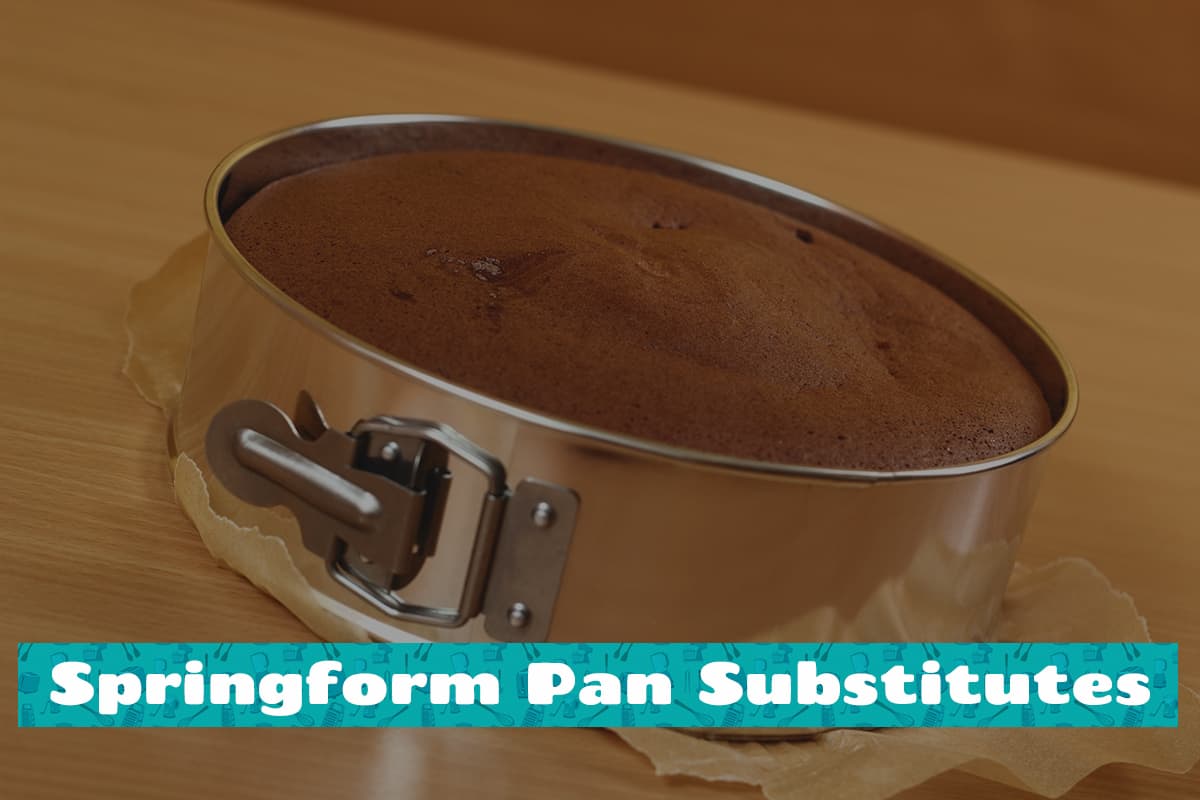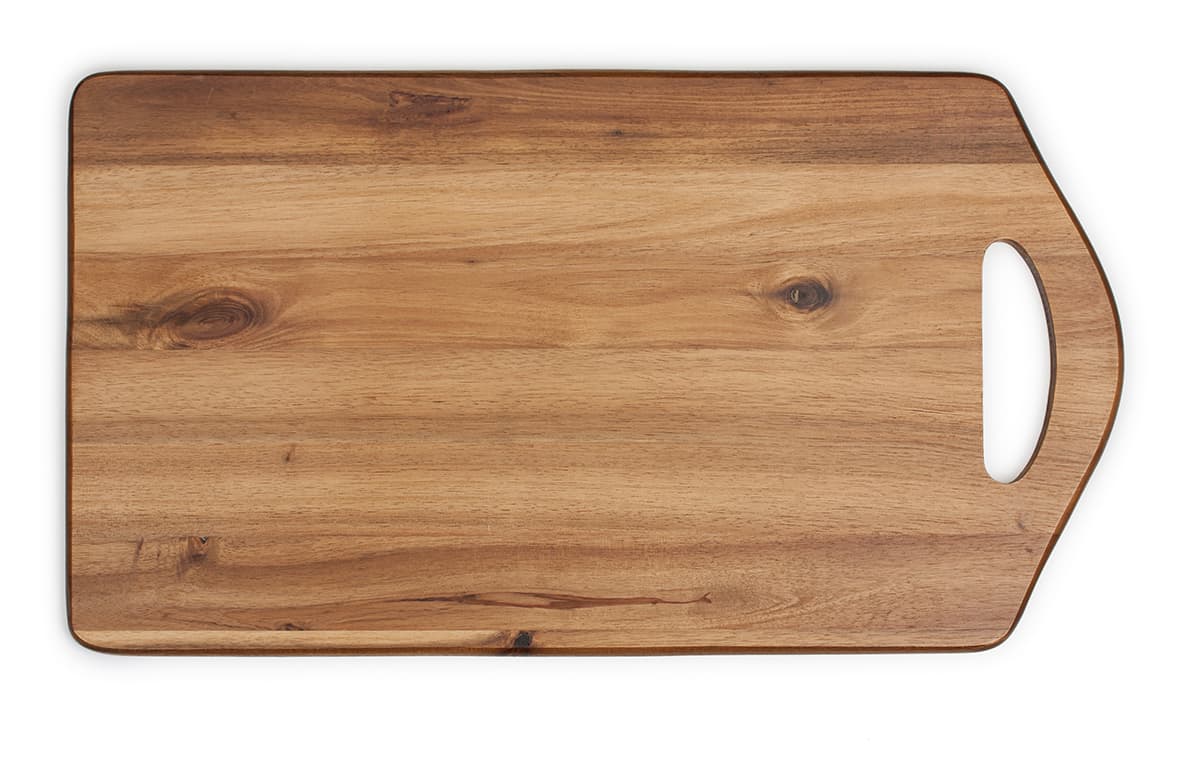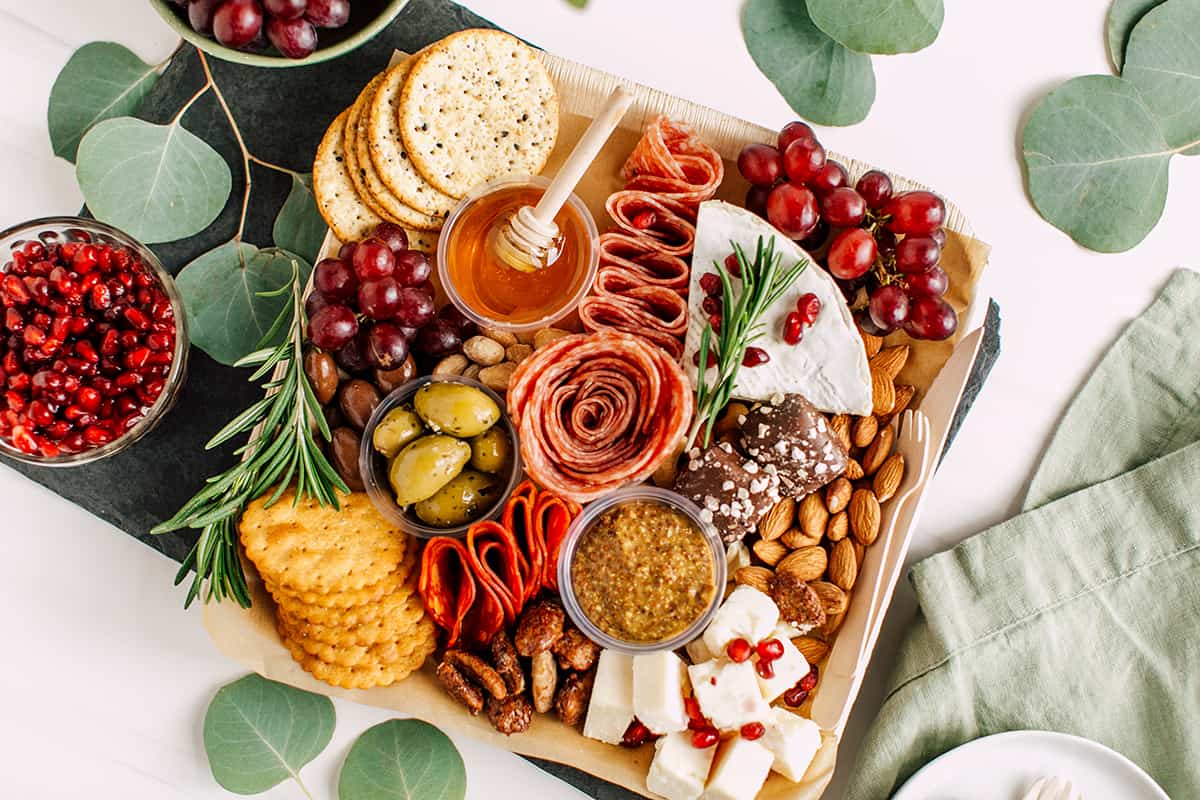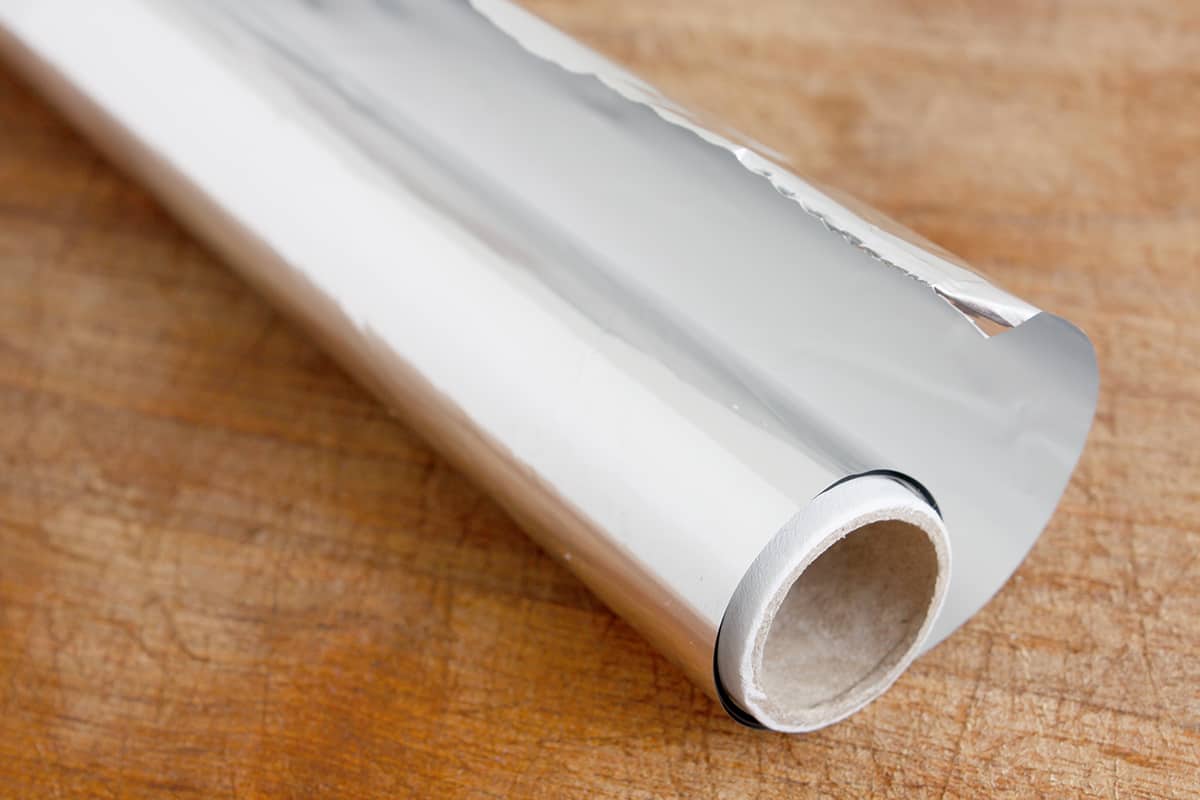Charcuterie boards are all the rage for dinner parties, family gatherings, and even casual nights at home with a movie. The allure is in their simplicity. Charcuterie boards typically require no cooking and very minimal preparation; you can set out a range of store cupboard items or leftovers from the refrigerator on a stylish charcuterie board and you instantly have a dinner party centerpiece.
If you want to offer a charcuterie board to your guests then you can choose from a wide range of foods to display, such as cheeses, cold cuts of meat, salad, nuts, fruits, and loaves of bread. However, the one thing that every charcuterie board has in common is the board itself. If you don’t have a charcuterie board, you don’t need to rush out and buy one.
There are a number of items you probably already have in the kitchen that can double up as a charcuterie board. A wooden chopping board makes a great alternative charcuterie board, or you could use a cheese board or some large plates. If you have a butcher’s block or kitchen island, you could even serve the charcuterie foods directly on the kitchen countertop, beside a stack of plates so that guests can help themselves.
Here we investigate some of the best alternatives you can use instead of a charcuterie board, along with tips on how to use and choose charcuterie boards.
What is a Charcuterie Board?
A charcuterie board is traditionally a type of wooden board, upon which cold cuts of meat are served. The word ‘charcuterie’ is French, and it translates into English to mean ‘the products of a pork butcher’. The term can be traced back to the 15th century, but over time it has evolved to mean any type of cold-cut meat.
A charcuterie board, in its truest sense, is a board that has cold cuts of meat displayed on it, however, most people don’t limit themselves to keeping within the meat category, and use charcuterie boards to serve foods such as cheese, fruits, and nuts. A charcuterie board will usually have a variety of finger foods on it that people can help themselves to. It can be served instead of appetizers at a dinner party, or you might have a table full of various charcuterie boards at a more casual event.
Charcuterie Board Alternatives
If you don’t have a charcuterie board, there are plenty of other things you can use instead.
Chopping board
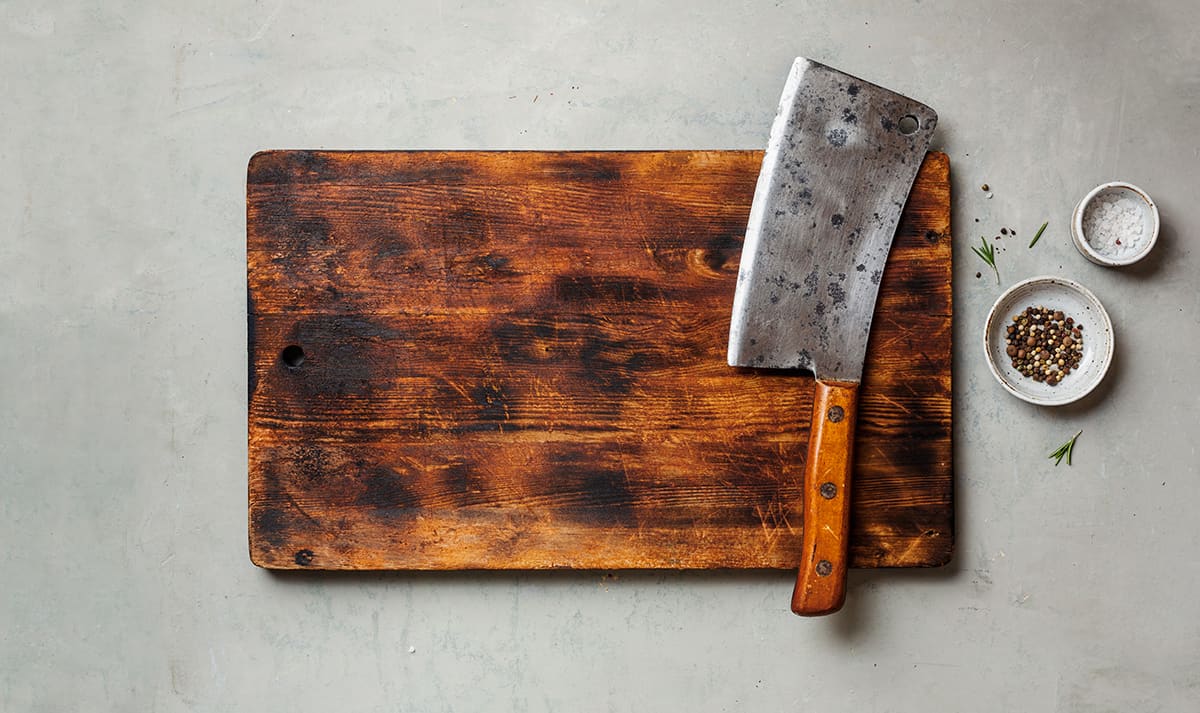
If you want your charcuterie board alternative to looking like the real deal, then a chopping board is your best option. This is because chopping boards, especially those made from wood, closely resemble the look of charcuterie boards.
In fact, large wooden chopping boards can be used interchangeably as charcuterie boards. Other chopping boards can also work well for serving a charcuterie platter, including glass chopping boards, marble chopping boards, and plastic chopping boards.
Cheese board
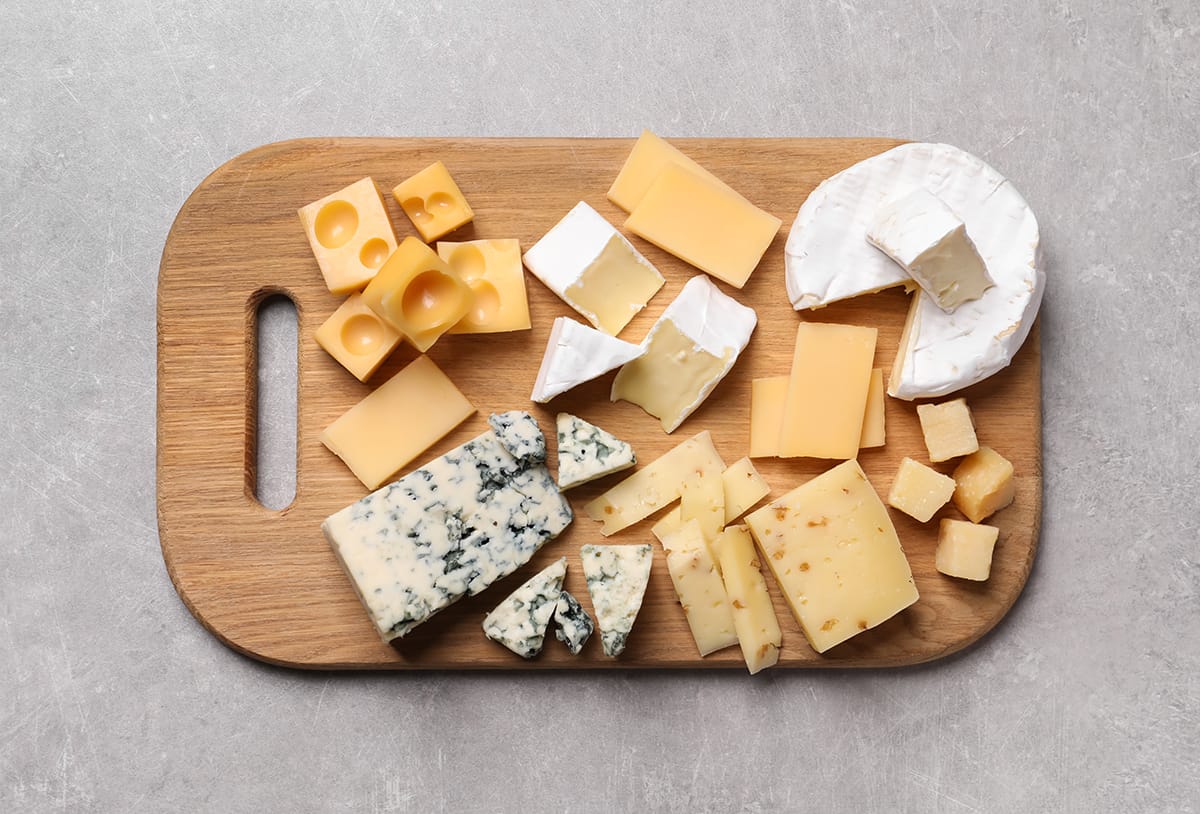
A cheese board is essentially a charcuterie board with a different name. Though cheese boards are obviously sold as a means of serving cheese, they can of course be used to serve anything you like.
Your cheese board can double up as a charcuterie board and nobody will know the difference. If your cheese board is small, you may need a few of them to serve an appropriate amount of charcuterie, or you could pair a small cheese board alongside a chopping board or tray.
Kitchen Countertop

If you have a kitchen made for entertaining, such as an open-plan kitchen diner, then you can serve charcuterie directly on the kitchen countertops.
Be sure to clean the countertops thoroughly first, and remove any clutter. Lay out your charcuterie items slightly overlapping one another to create a charcuterie board look, rather than spreading them out across the length of the countertop. Set some empty plates next to the display so that people are encouraged to help themselves to the offerings.
Butcher’s block

A butcher’s block is essentially an oversized chopping board fixed to the top of a kitchen storage unit. You can use the butcher’s block in exactly the same way as a charcuterie board, with the one constraint of not being able to move it onto your dining table.
However, many butcher’s blocks are on wheels, which means they can be pushed into the dining room, or wherever you’d like your food to be served. Be sure to keep the charcuterie food in the middle of the butcher’s block so that it doesn’t fall off the edge and onto the floor.
Plates
If you don’t have a charcuterie board, an alternative could be as simple as using plates. If you have any large, rectangular or square plates, these will more closely resemble a true charcuterie board.
However, regular dinner plates can also be used. You could use one plate for meats, one for cheeses, and so on. This might actually work well for vegetarians or people with allergies, who don’t want different food types to have touched each other.
Tray
Any tray can double up as a charcuterie board. Kitchen trays and dinner trays are generally rectangular, like most charcuterie boards, so in terms of shape they will look very similar. Once the tray is covered with food, it will not be obvious that you are using a tray instead of a charcuterie board, as it will predominantly be hidden.
Baking sheet
In a pinch, you can use a baking sheet as a charcuterie board. Ensure the baking sheet has been thoroughly cleaned, and remove any stains. If your baking sheet looks a little worse for wear, you could cover it with napkins before adding the food, or you could stick vinyl wrap to the surface of the tray to give it a temporary upgrade. Just remember to remove the vinyl wrap before using the baking sheet in the oven.
Serving platter
A ceramic serving platter would ordinarily be used to serve fish, a joint of meat, or a selection of roast potatoes, but there’s no reason your serving platter can’t double up as a charcuterie board. A ceramic serving platter is ideal for charcuterie foods that might stain a wooden board since ceramic is non-porous and will therefore clean very easily.


